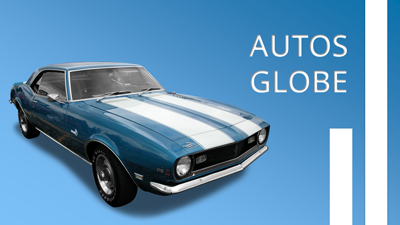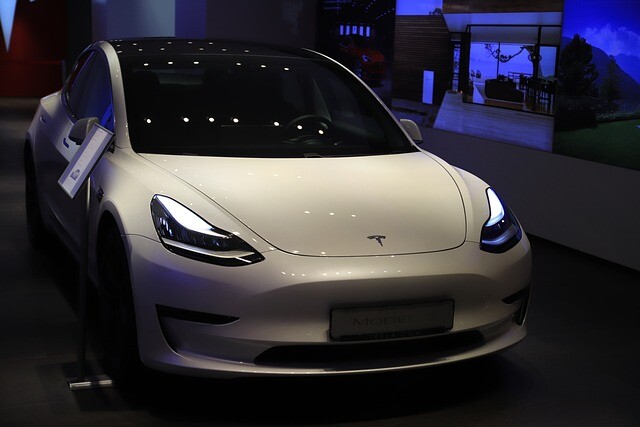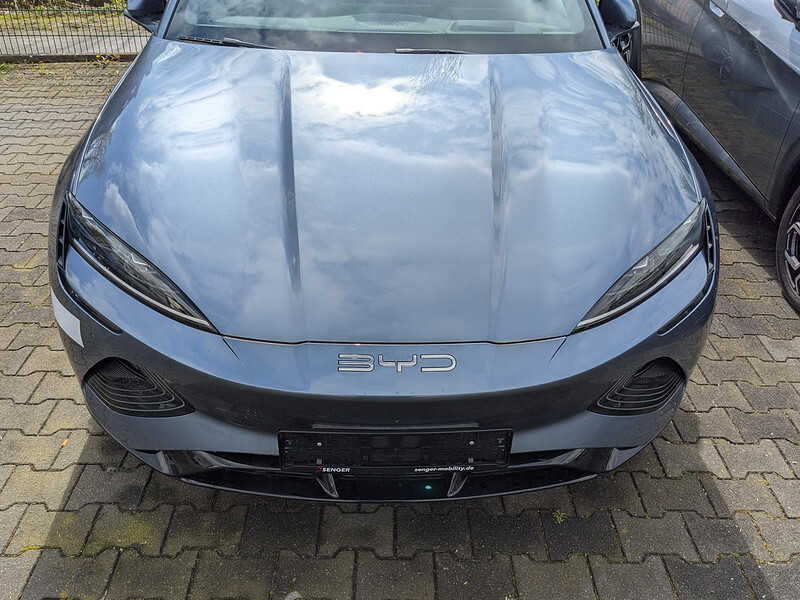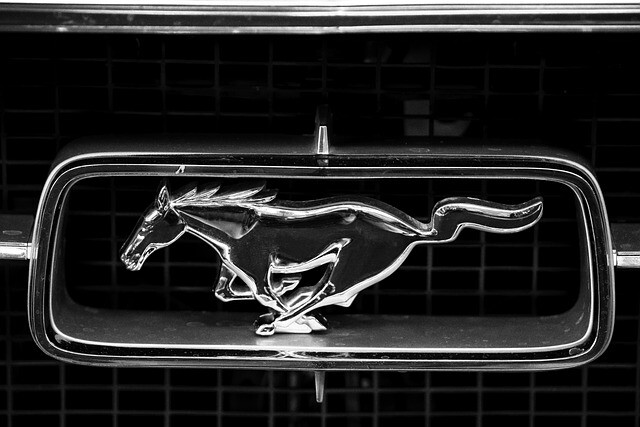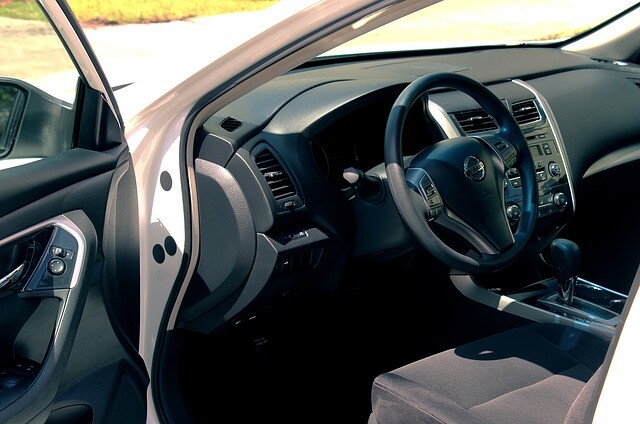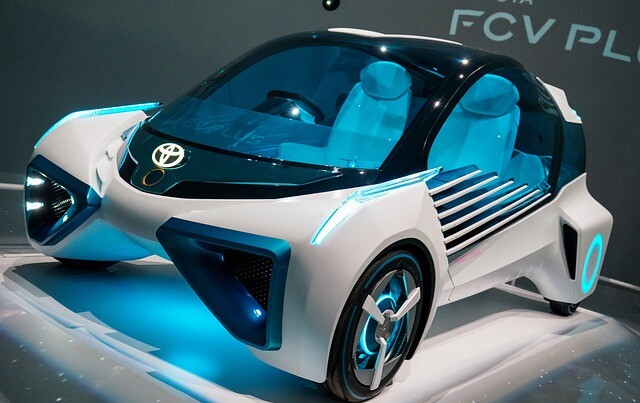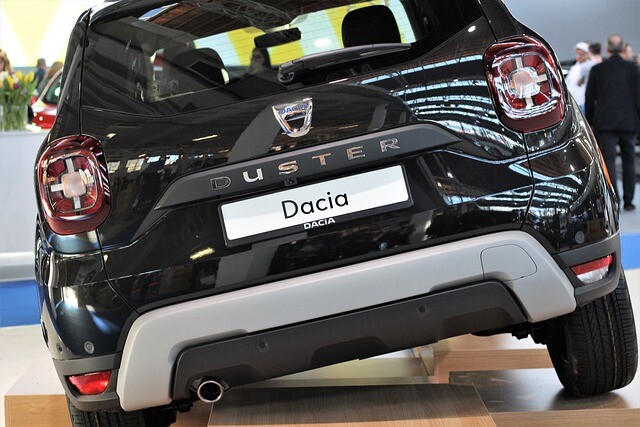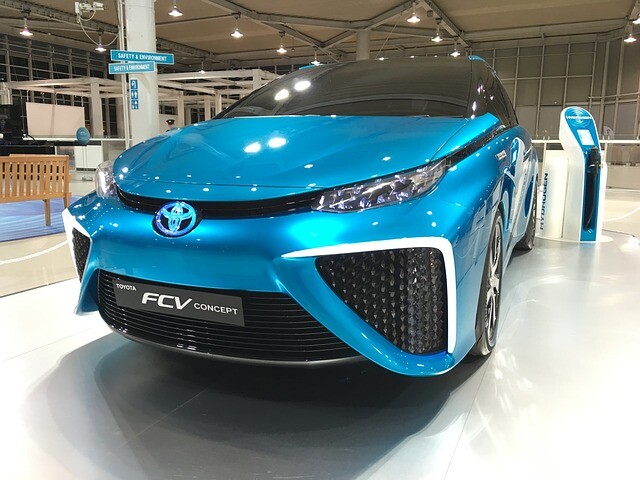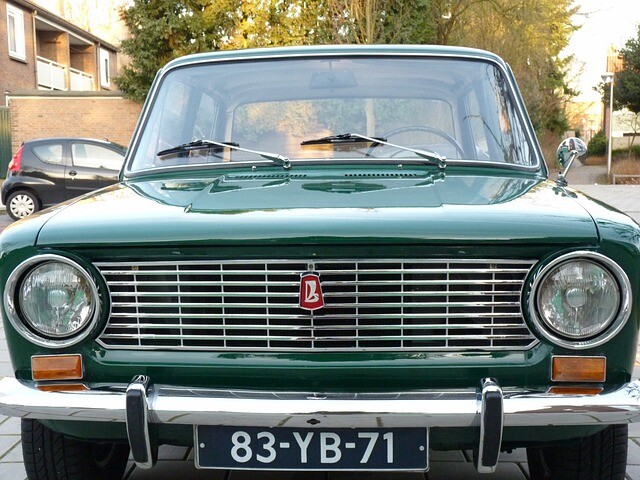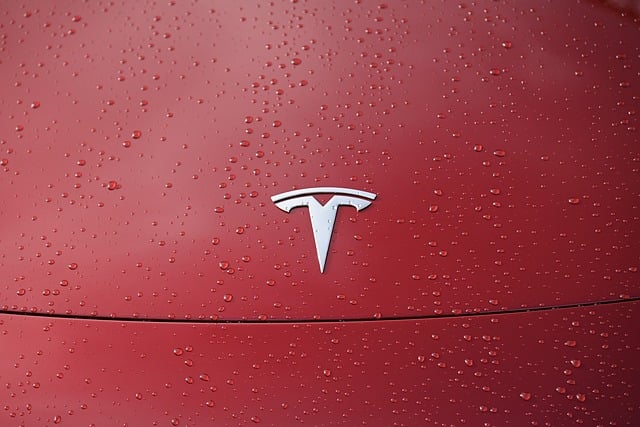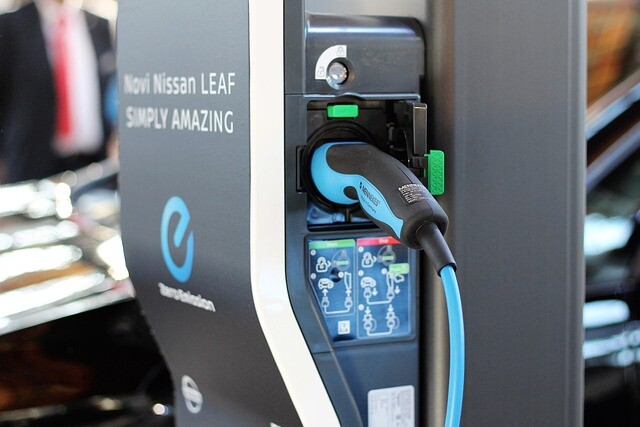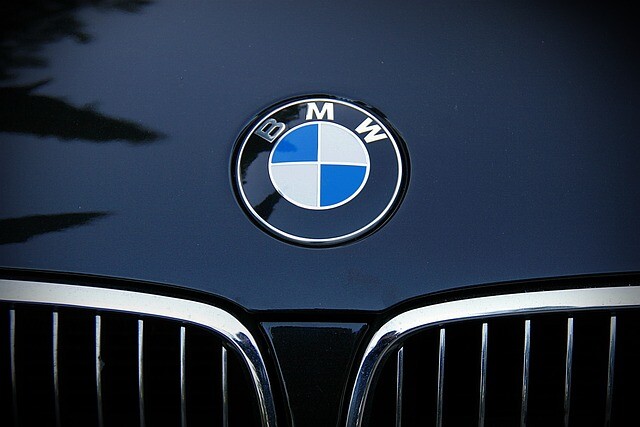Tips for refueling
When I started driving in the early 90s, there were 86 gasoline wells at the wells, and no mixing at home was needed at Trabant, Wartburg. At that time, the first premium fuels appeared on the wells at this time.
With the penny-calculated, crushed gasoline in the pocket, we only initially looked at the freshly-released, expensive premium fuels, and we couldn't imagine what that might be. Are you so expensive to buy petrol? Why? The Škoda 120 and later 1 Golf went smoothly with any, but mostly cheap, gasoline. What you could buy was a lot of driving. That's about the goal.
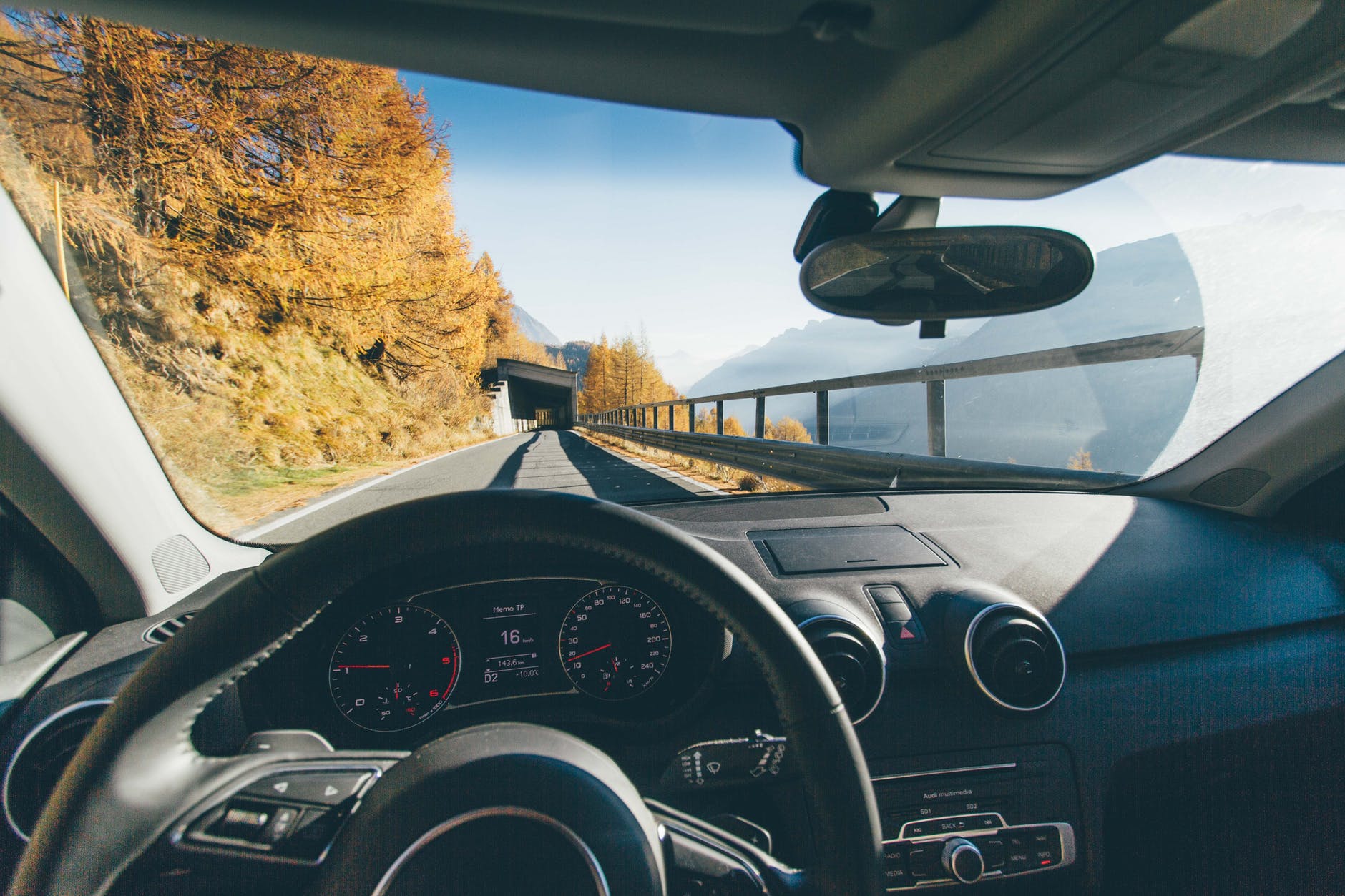
Some decades have passed since then, while the world has changed a lot, with 1,000 forints, and enough fuel for 20 liters to get enough fuel for up to 2.5 liters today. However, instead of the ever-incremental, penny-sized cars, they were replaced by more or less reliable vehicles that could be designed for a longer term. Do they deserve expensive fuel?
Compared to plain 95, premium fuel has different proportions and other additives. One of the most important is that the base also blends ethanol into 95, while it is in the form of a thinner petrol bound into ethyl tetra-butyl ether, which is less corrosive, no longer eating iron.
Although not mandatory - for example, OMV has 95 versions - but the octane number of more expensive gasoline is often higher than 98, 100. The smaller the engine, the more flexible it is, and the easier it is, the way it is. At least you should feel that.
(Source: vezess.hu / photo: pixabay.com)
